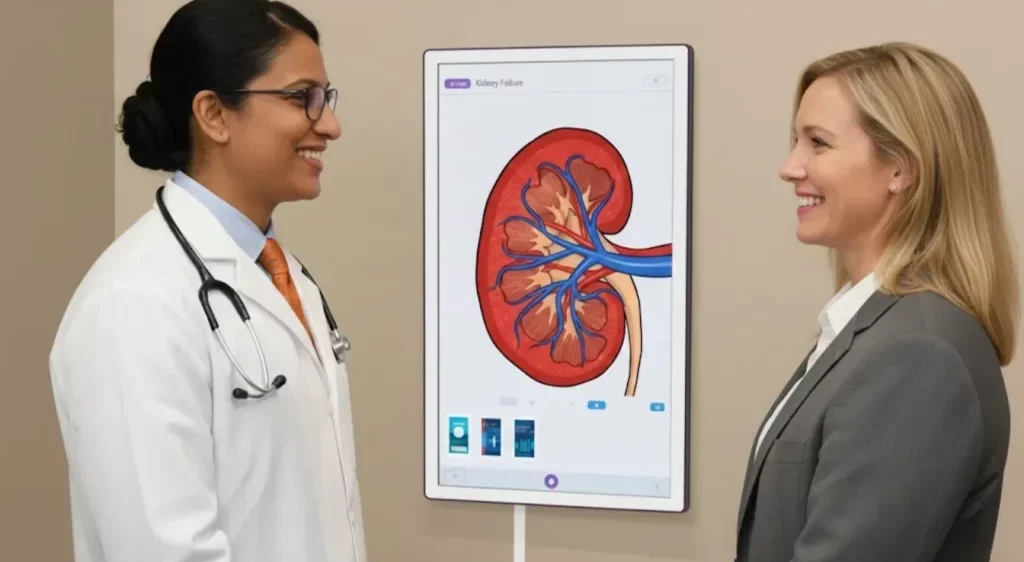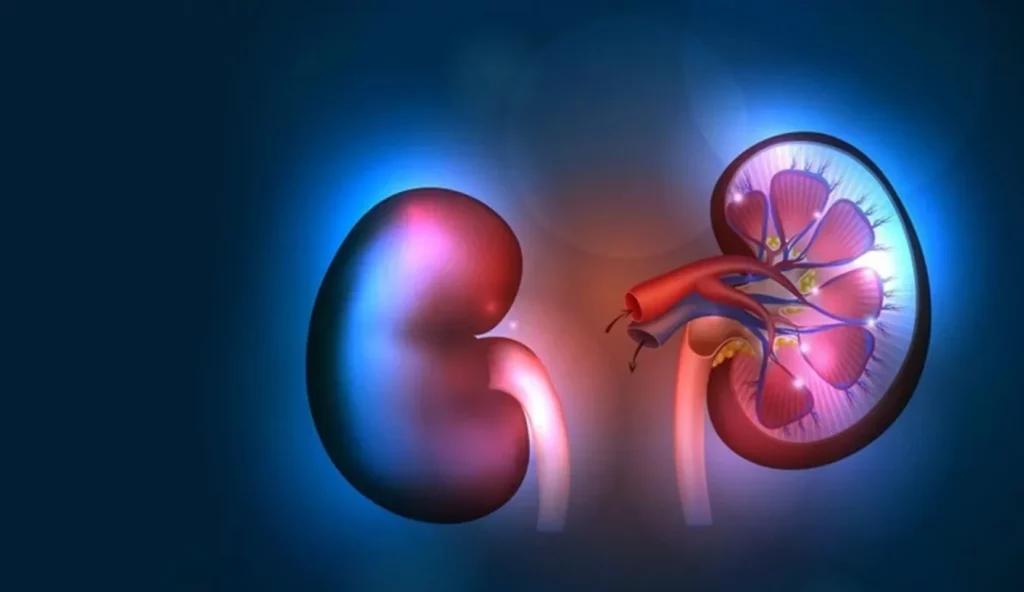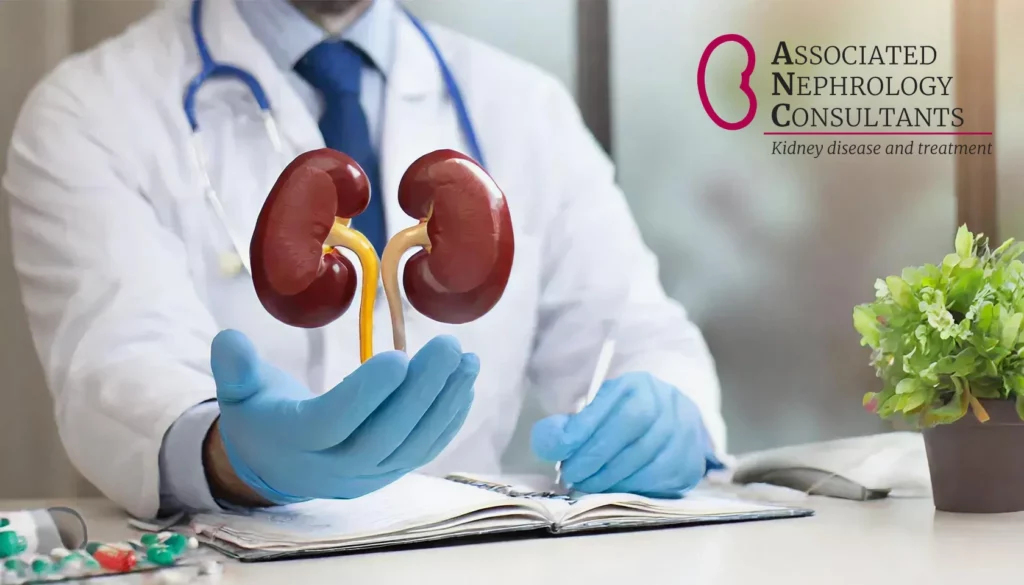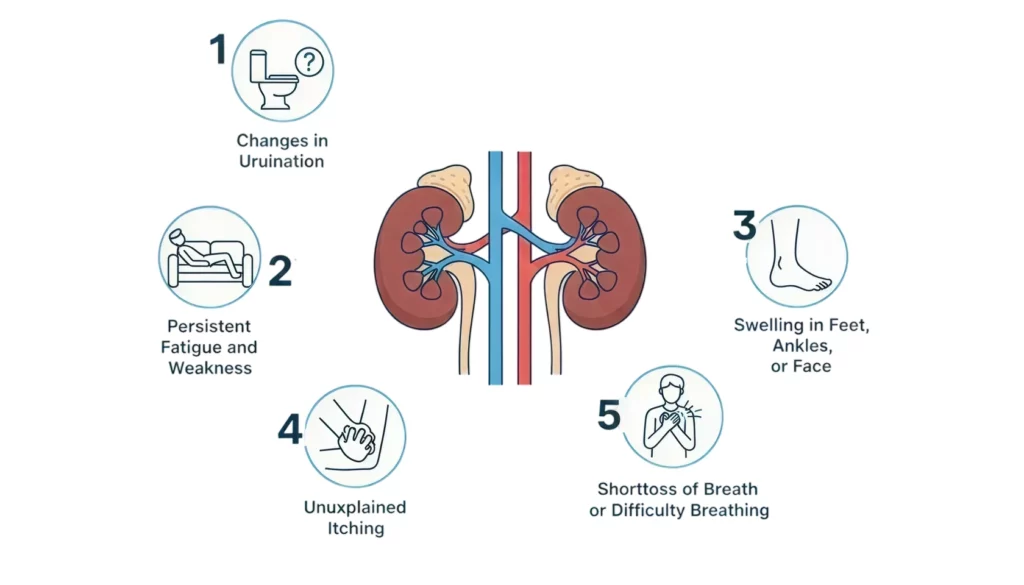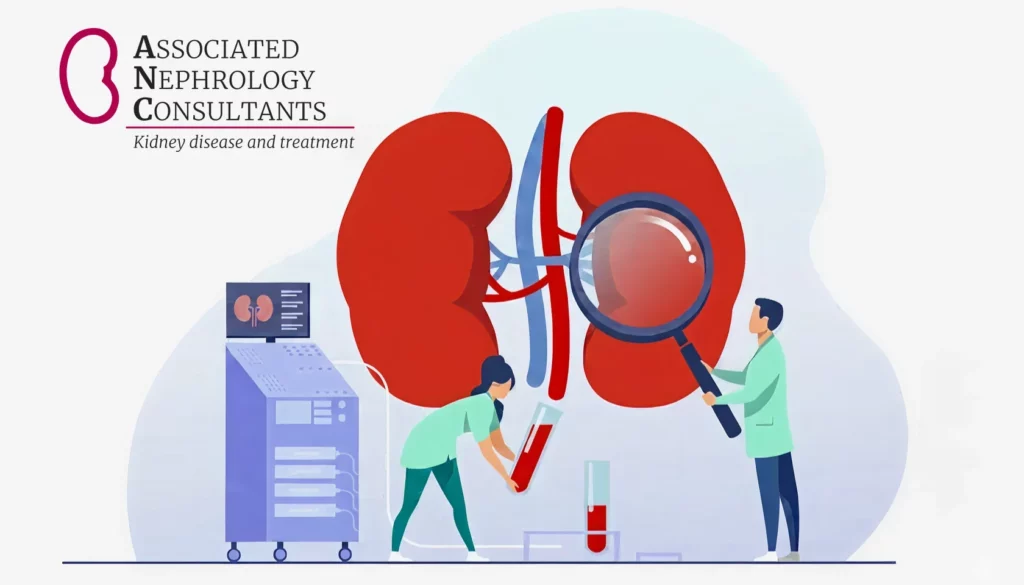May is National Blood Pressure Awareness Month – a timely reminder that keeping tabs on your blood pressure isn’t just a heart health concern, but a kidney concern too! To help us better understand this critical connection, Dr. Yang shares practical tips for managing blood pressure, especially for those living with or at risk for kidney disease.
Why Blood Pressure Deserves Your Attention
High blood pressure (hypertension) has a reputation of being a “silent killer” and for good reason. Many people walk around with elevated readings and no symptoms, unaware of the damage they’re compounding over time. This is especially true when it comes to your kidneys. Like hypertension, kidney disease can develop quietly. By the time you’re aware of a problem, some damage may already be done.
For people with kidney disease, the relationship with blood pressure is even more complex. “The kidneys help regulate blood pressure,” explains Dr. Yang, “but when they’re not working well, your body tries to raise blood pressure to compensate.” If left unchecked, this cycle can accelerate kidney decline and increase the risk of complications like stroke, heart attack, and kidney failure.
The Power of At-Home Monitoring
The general goal for most patients is to maintain readings below 130/80 mmHg, though your exact target may vary depending on your overall health and risk profile. Since blood pressure naturally fluctuates throughout the day and is influenced by various activities, at-home monitoring is highly recommended. Dr. Yang recommends checking your blood pressure at least once a week under calm, consistent conditions.
During this time, check in with yourself too – if you find yourself feeling symptoms like dizziness, especially when standing up, talk to your care team. Though more BP monitoring isn’t always necessary, symptoms may clue your care team in to determine if you should opt for more frequent checks throughout the week.
Here’s how to accurately capture a blood pressure reading at home:
- Sit with both feet flat on the floor
- Keep your upper arm supported at chest level
- Use an upper-arm cuff, not a wrist or finger device
- Avoid caffeine, exercise, or smoking 30 minutes beforehand
Lifestyle Habits that Support Healthy BP
While some BP changes are natural, long-term lifestyle habits have a major impact. Regular physical activity, for one, helps lower blood pressure over time and improves how efficiently your heart and kidneys work together.
Diet plays a major role as well. “About one-third of adults in the U.S. eat fast food daily,” notes Dr. Yang, “so we often see high salt intake contributing to elevated BP.” To combat this, many providers recommend the DASH diet (Dietary Approaches to Stop Hypertension) as a helpful framework. The DASH diet is low in sodium, rich in fruits and vegetables, and mindful of processed foods.
Other BP-raising factors to avoid or minimize include smoking and vaping, excessive consumption of alcohol, and poor sleep or chronic stress.
The Importance of Medication
It’s not uncommon for blood pressure medications to be one of the first prescriptions a patient receives, even if they feel fine. “There’s a stigma around needing BP meds, especially for younger adults,” says Dr. Yang. “But managing risk before it becomes a crisis is the smartest move.” If side effects occur, it’s important not to stop your meds without speaking to your doctor first. There are multiple options out there, and your care team is here to help you find the right fit.
As we kick off May, Dr. Yang’s biggest takeaway for patients is that blood pressure management is kidney protection, and the sooner you start paying attention, the more options you’ll have to stay healthy and avoid complications. This Blood Pressure Awareness Month, take a few minutes this week to check your BP or help a loved one do the same. Whether you’re managing kidney disease or simply looking to stay well, your future self will thank you!

